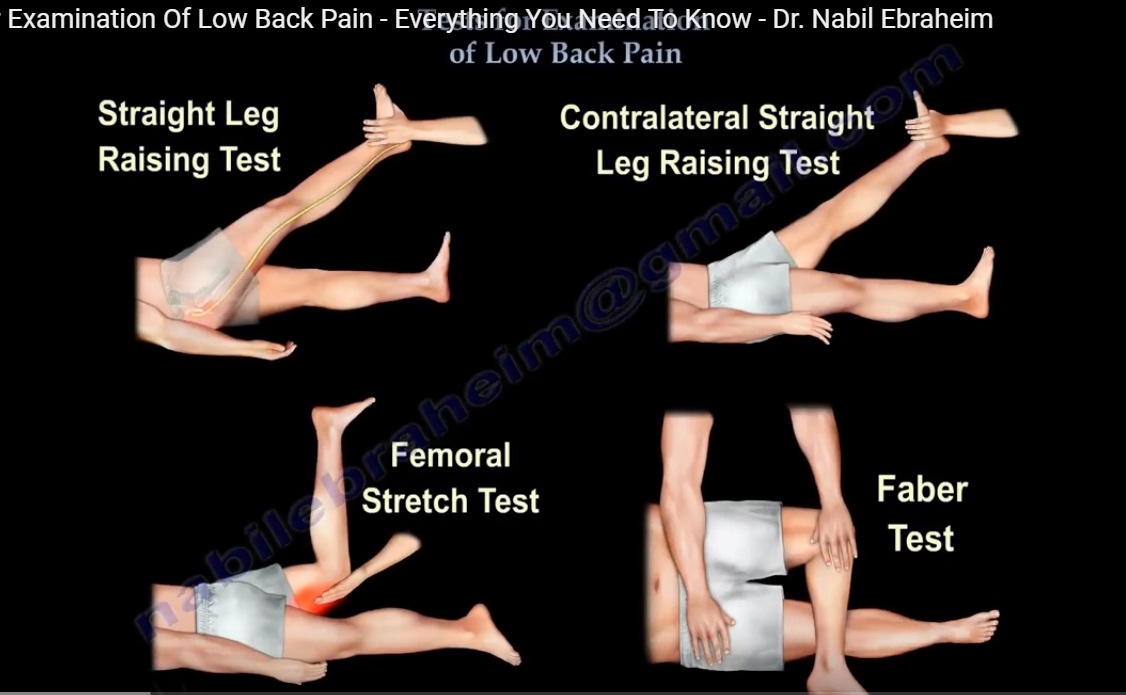

For other parts, the patient will be asked to slightly tense the muscle being tested. For much of the test, it’s necessary to relax the muscle. Patients are able to hear sounds from the machine when they barely move a muscle. The doctor puts a thin sterile pin into selected muscles, listens and watches a TV screen for signals from the muscle. (In many nerves the signal travels about 120 miles per hour!) Although the suddenness of the stimulation may surprise some, most people are fairly comfortable with nerve conduction studies.Įlectromyography, the second part of the test, allows the consultant to see if the nerve that goes from the spinal cord to individual muscles is damaged. The machine times how fast nerves carry signals to arm or leg muscles. The doctor will tape wires to the skin and give a series of electrical stimulation. The Nerve Conduction Studies test the electricity that muscles and nerves create naturally. HOW IS THE PROCEDURE PERFORMED?īefore the test, the doctor will talk to the patient about his or her medical problem and perform a brief examination. It’s important for patients to know that the test does not prove the existence of pain, and a negative test does not mean a person doesn’t hurt.

WHAT IS THE PURPOSE OF THE ELECTROMYOGRAPHY PROCEDURE?ĭepending on the question, the consultant can look for nerve or nerve root injuries, illnesses of the nerves, or muscle disease. For persons with back or neck pain, this test is very valuable in determining whether a “pinched” or damaged nerve is part of the problem. Electromyography, also called EMG or Electrodiagnostic Medicine, is a medical subspecialty that involves testing of nerves and muscles.


 0 kommentar(er)
0 kommentar(er)
